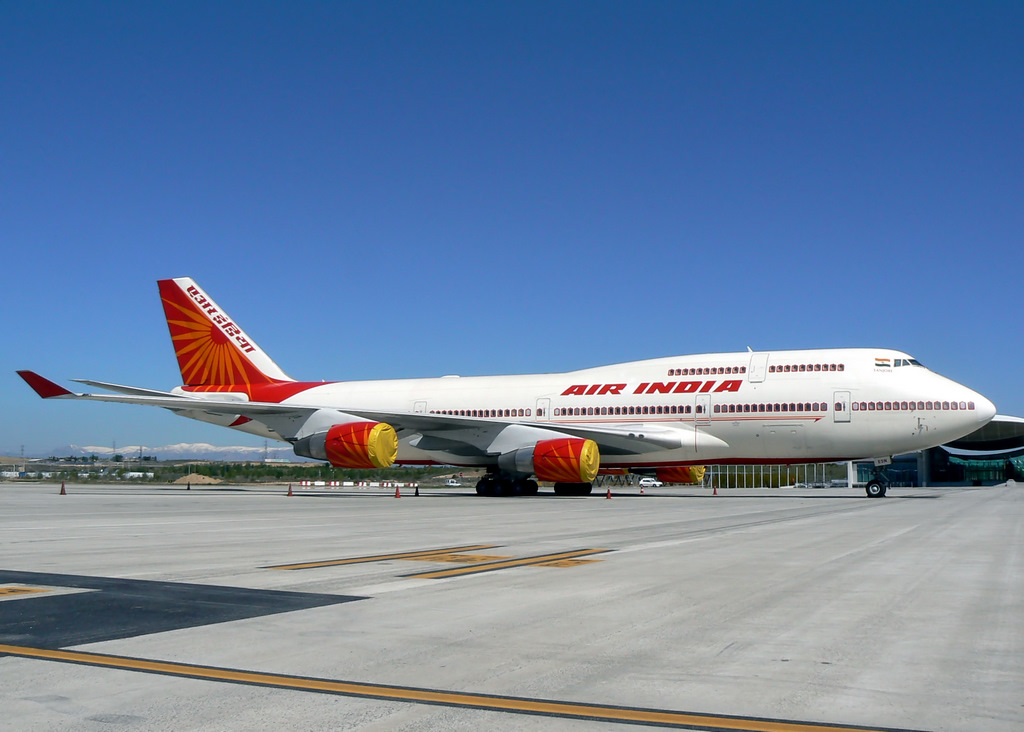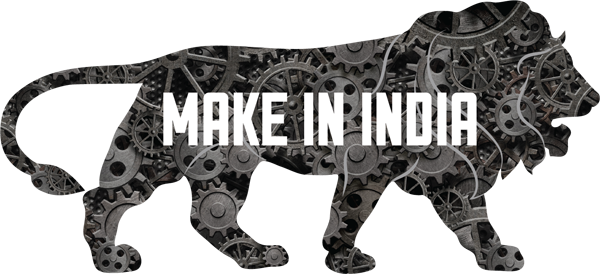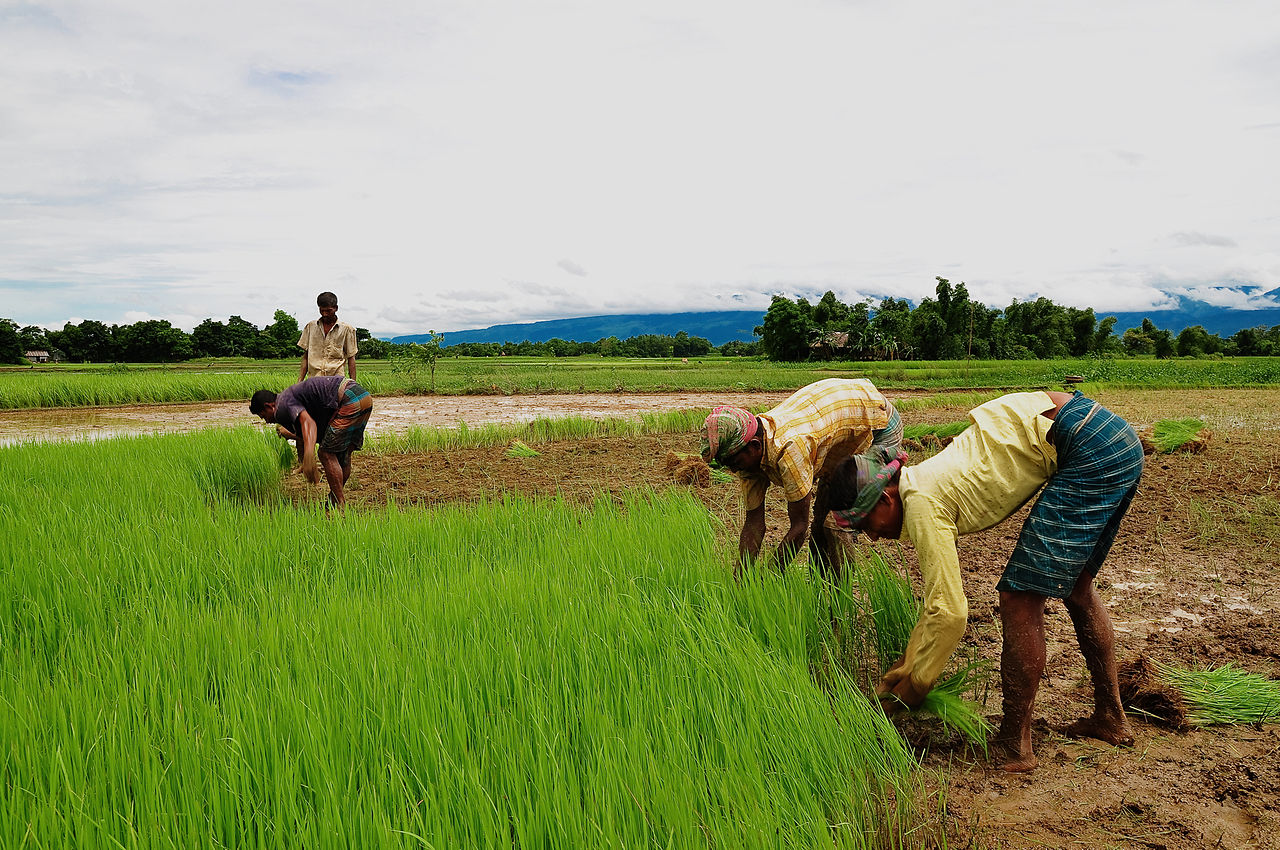There are somethings one never expects a minister to say. Hence, the civil aviation minister Ashok Gajapathi Raju’s recent statement on Air India, came in as a pleasant surprise. The minister told the Press Trust of India: “It is a nice airline. I like Air India but I can’t commit taxpayers’ money for eternity. That is not done.”
This is a huge thing for the civil aviation minister to say. If you take Air India out of the civil aviation ministry (by either shutting it down or selling it off) there isn’t much that remains. Having made this statement, Raju hedged it by saying: “Let’s wish and hope that it (Air India) flies high. I am not against the public sector and I am not for only public sector at all costs. Public sector has a role and private sector has a role. Let them work in competition.”
To be honest, I have also liked Air India, on occasions I have travelled in it, as long as it has taken off on time. The leg space is better than the low cost carriers. The seats are more comfortable and the food is hot. Nevertheless, this is no excuse to keep the airline going.
As I have mentioned in the past, between 2010-2011 and 2015-2016, the airline made total losses of Rs 34,689.7 crore. That is quite a lot of money. Further, the airline also has a debt of Rs 51,367 crore, of which Rs 22,574 crore are outstanding aircraft loans. (As the minister of state for civil aviation Mahesh Sharma told the Parliament in March 2016).
A major part of the debt has helped the airline meet its expenditure, given that it doesn’t earn enough to meet its expenditure. Lenders keep lending to a perennially loss making Air India because ultimately they are lending to the government. And there is no safer lending than lending to the government, at least in theory.
Over and above the debt that airline took on, up until March 2016, the government had already poured Rs 22,280 crore into Air India, to keep it going. A further equity infusion of Rs 1,713 crore has been approved for the current financial year. Hence, a lot of public money is being spent to keep the airline going. What these numbers tell us is that the current government and the ones before it, have been basically in favour of public sector at all costs.
The civil aviation minister Raju further said: “Its (Air India) books are so bad. I don’t think that even if it is offered, anybody would come for it.” What the minister was basically saying is that nobody in their right mind will buy Air India in its current state. But is this good enough a reason to keep the airline going? That seems to be the case, given that there has been absolutely no talk of shutting it down.
Behavioural economists have a term for a situation like this—they call it the sunk cost fallacy. As Daniel Kahneman, the Nobel Prize winning psychologist, writes in Thinking, Fast and Slow: “A rational decision maker is interested only in the future consequences of current investments. Justifying earlier mistakes is not among the…concerns. The decision to invest additional resources in a losing account when better investments are available, is known as sunk-cost fallacy, a costly mistake that is observed in decisions large and small.”
Kahneman gives the hypothetical example of a company that has already spent $50 million on a project. As he writes: “The project is now behind schedule and the forecasts of its ultimate returns are less favourable than at the initial planning stage. An additional investment of $60 million is required to give the project a chance. An alternative proposal is to invest the same amount in a new project that currently looks likely to bring higher returns. What will the company do? All too often a company afflicted by sunk costs…[throws] good money after bad rather than accepting the humiliation of closing the account of a costly failure.”
This escalation of commitment is visible in many areas including war as well. As Richard Thaler writes in Misbehaving—The Making of Behavioural Economics: “Many people believe that the United States continued its futile war in Vietnam because we had invested too much to quit…Every thousand lives lost and every billion dollars spent made it more difficult to declare defeat and move on.”
This escalation of commitment is a major reason which has led to the government keeping Air India going over the last few years, despite the mounting losses. No minister or the government for that matter, wants to admit defeat and talk about shutting down the airline.
As Kahneman writes in the context of the example we saw above: “Cancelling the project will leave a permanent stain on the executive’s record, and his personal interests are perhaps best served by gambling further with the organisation’s resources in the hope of recouping the original investment—or at least to postpone the day of reckoning.”
This logic applies to the civil aviation minister as well as the government (and not just the current one). No government wants to admit defeat and shutdown the airline. This, in a situation, when the government isn’t exactly flush with money and there are other important sectors, like education, health as well as physical infrastructure, that need more money.
Further, the airline continues to lose money and in a scenario where the Indian Railways is in a mess and needs a lot of money to be revived. If there is only so much money going around, shouldn’t that money be going to the Railways, instead of an airline?
I guess that is a no-brainer. But then no-brainers aren’t always so easy to process.
The column originally appeared in the Vivek Kaul Diary on Equitymaster on June 14, 2016




